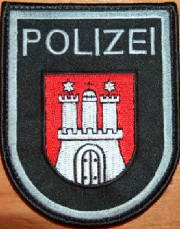
The History of the Federal Hamburg Police Department Motorcycle Unit
The Free and Hanseatic City of Hamburg is a city-state, that is both a city and a state. It is the second largest city of Germany and the seventh largest in the European Union.Hamburg is the center of the European metropolis of Hamburg, one of the eleven European metropolises in Germany.Hamburg is in Northern Germany where the Alster and the Bille flow into the Elbe, which, another 110 km in the Northwest, flows into the North Sea. The natural tidal harbor ranges over the whole width of the Elbe; basically however, it is on the southern banks of the northern Elbe, opposite to the quarters St. Pauli and Altona. Both banks are interconnected with each other by bridges in the East and by the old and the new Elbe channel. The land north and south of the river is called geest, which is high dry land near the sea. It consists of loose material (as earth or soil) formed by decay of rocks in a place. The tract of soft wetland close to the water is called marsh. The marshes on both sides of the Elbe have been flooded for centuries and sand and mudflat were left behind. Meanwhile, the Elbe has dikes on both sides. Old dikes in the suburban areas remind of the time when the whole quarter was under water at flood times.
In the center of the city, the Alster River is dammed to create a lake, which is also called Alster. The lake is split up into the major Außenalster (or “outer Alster”) and the smaller Binnenalster (“interior Alster”). The Feeder Rivers to the Alster Lake, like the Alster River itself are partially canalized downtown. Large public parks mostly border them. The numerous waterways between rows of houses, the small rivers and canals of the city have more than 2,500 bridges. Therefore, Hamburg is the city with the highest number of bridges in Europe; it has more than Venice (400), Amsterdam (1200) and London combined.
In the North, Hamburg borders on Schleswig-Holstein, and in the South, it borders on Lower Saxony. The North Sea islands Neuwerk, Scharhörn and Nigehörn and the national park “Hamburg tideland” (Hamburgisches Wattenmeer) belong to Hamburg.In the 17th century, Hamburg was the biggest city in Germany, because it had been left unscathed by the Thirty Years´ War.In the year 1964, Hamburg had its greatest number of inhabitants (1.9 mill.). Afterwards, out migration from cities and suburbanization led to a decline in population until the year 1986 to about 1.6 million inhabitants. Since then, the population has increased to 1,766,156 (September 2007).On the initiative of Chicago, there has been a partnership between Hamburg and Chicago since 1994. The reasons for this is the high number of descendants of German emigrants of the 19th century who live in Chicago and the high interest of schools of Hamburg in a German-American partnership.Brick serves as a matrix to build houses, nowadays steel and glass is mainly used. During Word War II, whole districts have been destroyed by heavy bombings.
The city planners decided against a historical reconstruction, that is why buildings were constructed cheaply and appropriately. Therefore there are only few historical old buildings in Hamburg, which stand close together.The view of the city is characterized by the towers of the five main churches St. Petri, St. Jacobi, St. Katharinen and St. Michaelis (“Michel”), which are the town’s landmark as well as the ruins of the tower St. Nikolai that sustained as a memorial of World War II. Less known is that the tower is the cities highest conventional building and it was the world’s highest building from 1874 to 1876. The sixth tower is the Rathausturm (“city hall tower”), which is a profane counterpart for the churches. The city hall was completed in 1897. It has 647 pompously equipped rooms and saloons and has dimensions like a castle. In the back of the city hall, there is the board of trade and the stock exchange of Hamburg. This architectural silhouette is protected, so there are only a few other high buildings in the center of the city. For example the three-wing Unilever-House of 1964, a hotel at the conference center of 1973, the congeries at the Berliner Tor (“Berlin Gate”) of 1962 respectively 2004 and the three Mundsburg towers catch the eye.The highest buildings are the television transmitter Heinrich-Hertz-Tower that is 279.8 m high and an antenna pole of the broadcasting station Billwerder-Moorfleet that is 304 m high.
The oldest building of Hamburg is far beyond the actual city limits on the island Neuwerk in the outlet of the Elbe. The lighthouse was built in 1310.
Further architectural features in the center of Hamburg are the Chile-House, the central railway station and the station Hamburg-Dammtor. This area is also characterized by shopping arcades like the Old Post, which is the oldest in Germany. The Jungfernstieg is the promenade of Hamburg.The Northeast of the city center is rich in canals and loading canals; which served as main routes of transport in the past and were therefore very important for the economy of Hamburg. The Binnenalster interconnects the center and the harbor. There are many sights alongside the Elbe like the Speicherstadt (Old Warehouse District), the Landungsbrücken (pier), the old Elbe Channel, and the Hamburg fish market with the fish auction hall.
HarborThe Hamburg Harbor, also called “Germany’s gate to the world”, is the largest seaport in Germany. It is the second largest in Europe and the eighth largest in the world, as measured by container handling 2007, which reached 9,89 million containers as a record result. For some special goods, for example carpets, it is the largest port of transshipment in the world.
Police HamburgIn 1946, the police administration was taken over by the British military government. The Brahms Kontor (“Brahms office”) served at first as the chair. Later on, they moved into a new building at the Berliner Tor (“Berlin Gate”). On the 9th of May 1945, there were standing British soldiers in Hamburg. The island Neuwerk is the exclave of the state Hamburg and can only be reached on the way through Lower Saxony or down the Elbe on the border between Schleswig-Holstein and Lower Saxony. The Elbe is the border river of Schleswig-Holstein and Lower Saxony to the GDR and the North Sea. When founding the state police, the authorization of the Hamburg Police concerning the river Elbe was immediately stipulated. This was because Hamburg was the main destination of the users of the Elbe and the exclave Neuwerk.Staff
• 9,921 members of staff:
• 6,246 of the uniformed police, among them 1361 women
• 1,553 of the detective police, among them 393 women
• 522 of the harbor police, among them 13 women
• 1,600 of the general administration, among the 738 womenAt the Hamburg police their work 25 prison officers, 11 employees (persons employed according to TV-L) at the police office as well as 21 employees of the general administration of different nationalities.Equipment
• 6,796 ballistic underwear protective vests
• 9,400 riot agent sprayers
• 8,399 pistols SIG Sauer P6
• 34 pistols Walther P5
• 575 pistols Heckler and Koch P2000 V2
• 447 machine pistols Heckler and Koch MP5
• in the future Sig Sauer P225 will be replaced by Walther P99qCar pool
• 236 squad cars
• 114 crew coaches and minibuses
• 493 civil automobiles
• 44 motorbikes
• 27 commercial vehicles and trailers
• 136 special-purpose vehiclesAdditionally 17 water vehicles of the harbor policeTotal annual kilometers traveled:
• 17.2 million kilometers
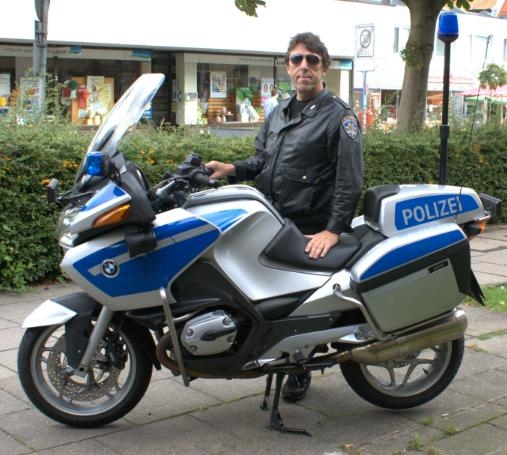
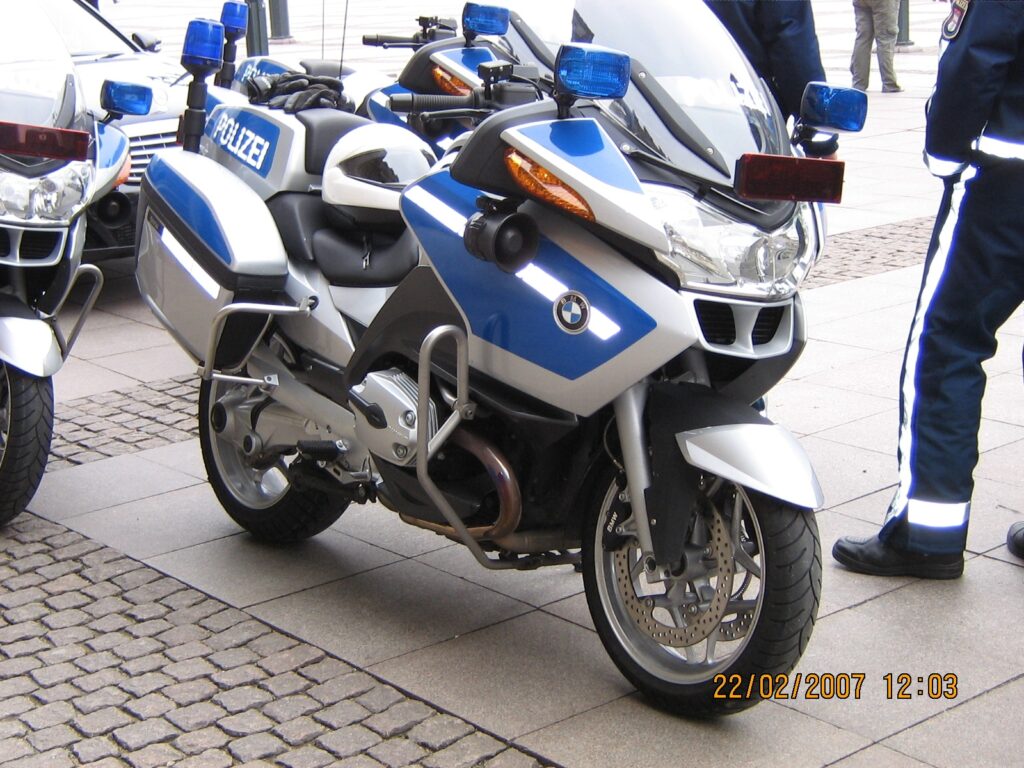
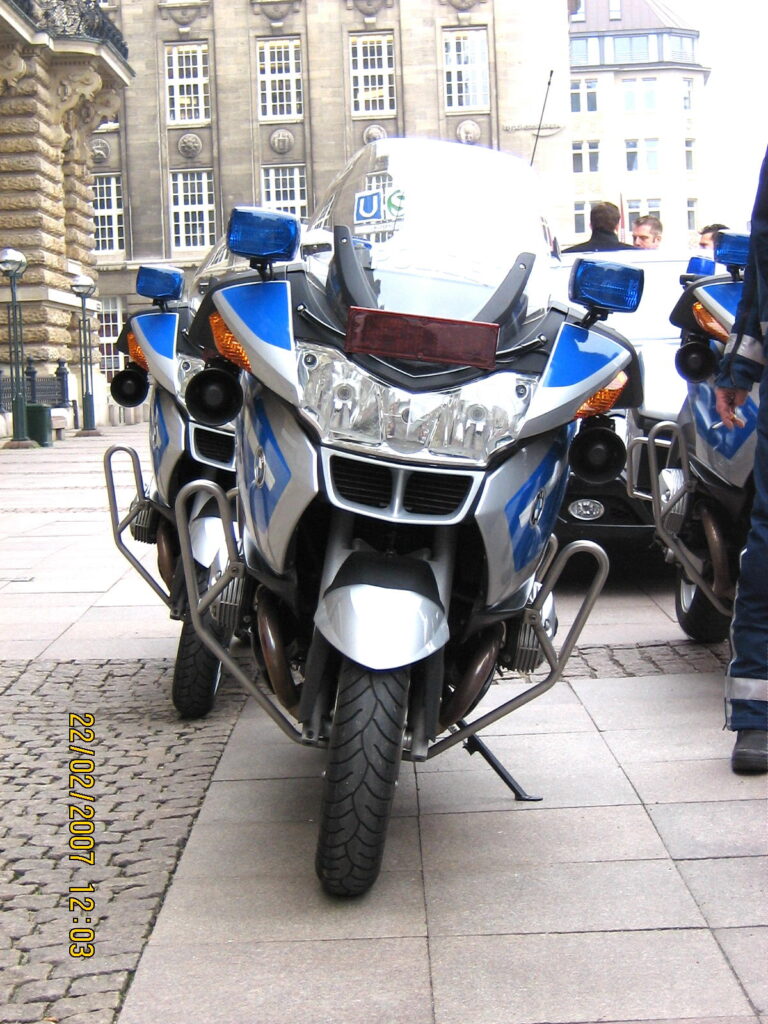
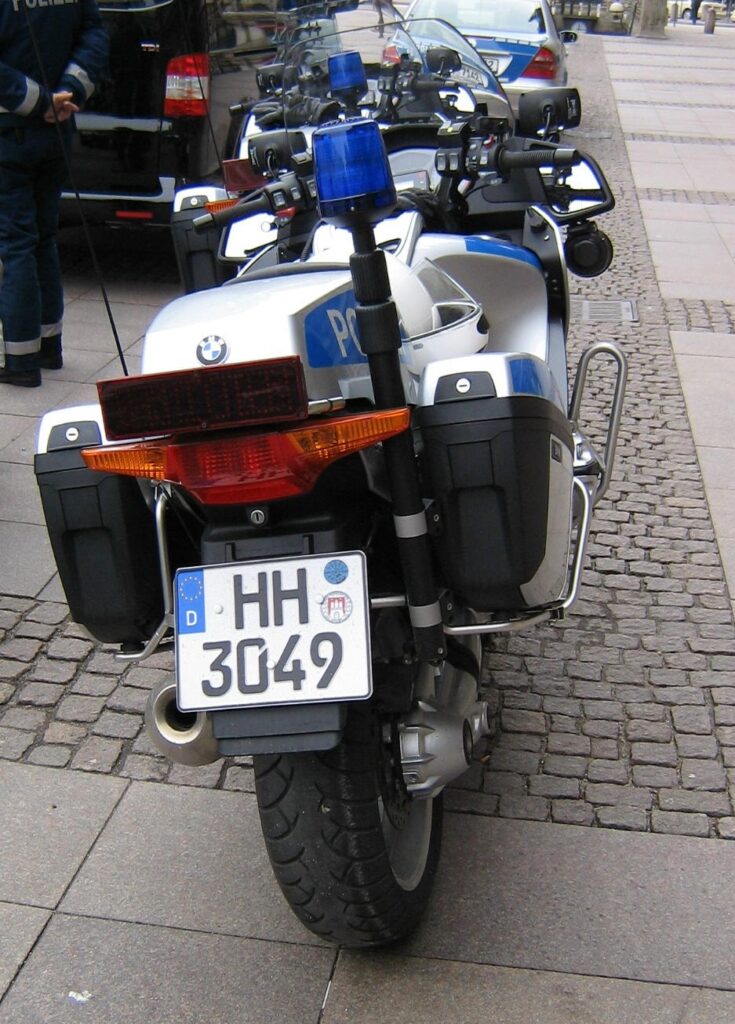
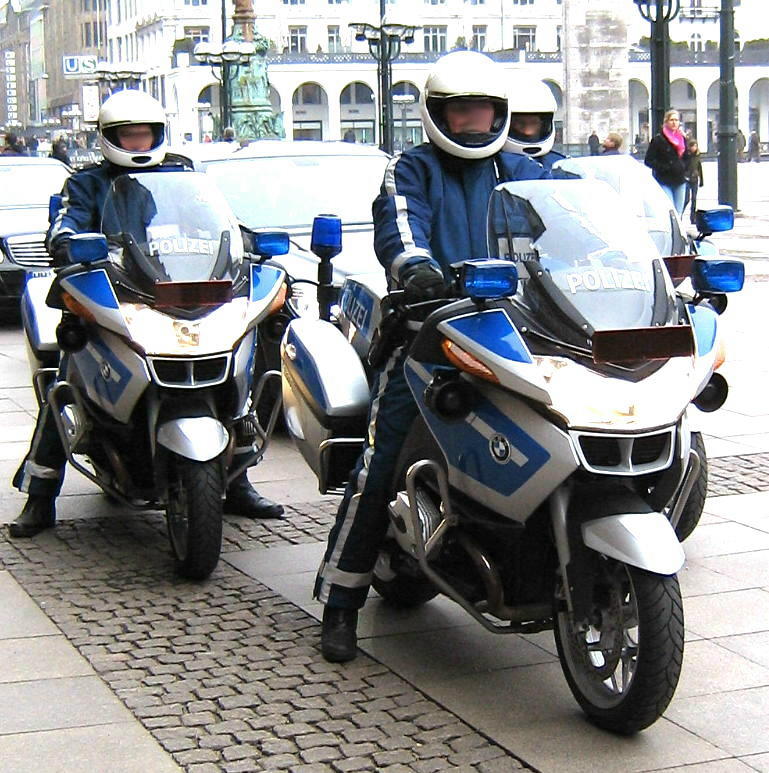
Information and Photos provided by the Federal Hamburg, GER Police Department.